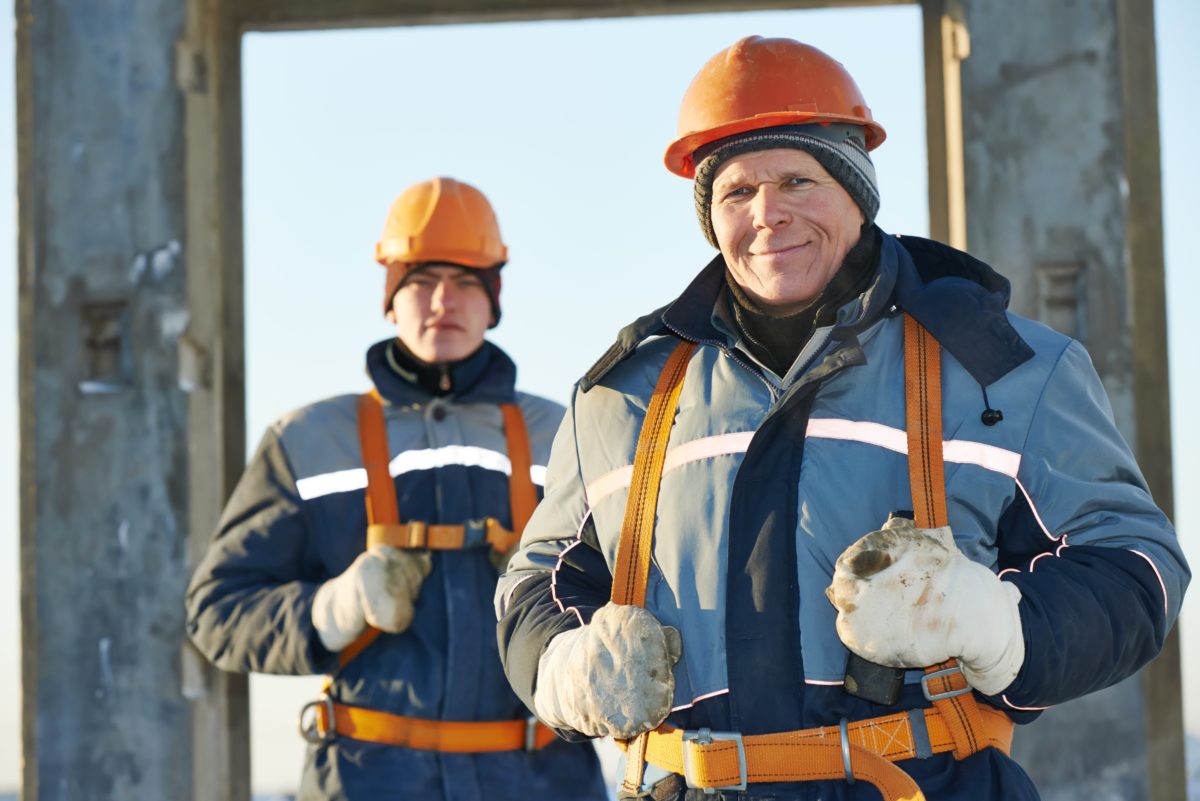Working Through Winter: Limiting Construction Exposure

Winter Construction Safety > Limiting Exposure
In our last blog, we went over the basics for keeping your construction workers safe in plummeting winter temperatures. While they’re no strangers to the elements, OSHA has stringent laws that permit and prohibit outdoor work in extreme weather. In this article, we’re going to explore how your construction business can limit your workers’ exposure to ensure safety and productivity. Most importantly, protect your operation and your employees with a Santa Fe Workers’ Compensation insurance policy.
First, it’s important to understand the factors that lead to cold weather injury, such as frostbite and hypothermia. Factor in temperature, wind and moisture.
The American Conference of Governmental Industrial Hygienists developed a sliding scale based on those three variables, states Safety & Health Magazine. Essentially, the scale ranks as follows:
- 30° F to 10° F is less dangerous, with exposed flesh freezing within an hour.
- 10° F to -20° F is a danger zone, with exposed flesh freezing within 10 minutes.
- -20° F and below is extremely dangerous, with exposed flesh freezing within a minute.
This general scale should be used to factor in time spent outdoors for your employees. However, wind and moisture in the air can make the temperature less feasible to work in.
With winds around 20 mph, that danger zone threshold begins at 10° F because blowing air can take away at least part of the bubble of heat that the body creates. Trench foot and chilblains can occur at temperatures as high as 60° F, according to NIOSH. What’s more, Brenda Jacklitsch, a health scientist in NIOSH’s education and information division, said that moisture on the skin and any wind can cause the body to lose heat. That means dressing properly for the cold is critically important for workers.
In addition to requiring workers to wear proper insulated layers of clothing, limiting exposure is also recommended. Providing warm stations for employees to warm up is the best way for their outdoor exposure to be mitigated. Warm, dry tents with radiant heaters, if possible, should be provided. Providing warm beverages (free of caffeine and alcohol) is another expert-recommended tip ensure their whole bodies warm up quicker.
Next, employees should be scheduled to work during the warmest parts of the day: usually between noon and 3 p.m. If possible, avoid scheduling construction workers first thing in the morning when the morning dew and wind chill factors can be a lethal combination.
Finally, schedule workers in at least pairs. No one should be sent out alone, even if it’s a small job. If the site is in a remote location, ensure communication is consistent throughout the day and they know to check in regularly.
About Daniels Insurance, Inc.
At Daniels Insurance, Inc., we have a unique understanding of the risks that businesses like yours face on a regular basis. With the backing of our comprehensive coverages and our dedication to customer service and quick claims resolution, your business will be fully protected. For more information, contact us today at (855) 565-7616.
